Food Shopping for the Novel Coronavirus
Note: This story, written during the COVID lockdown, still provides good food management tips and a super-simple recipe to make anytime. — Sandy
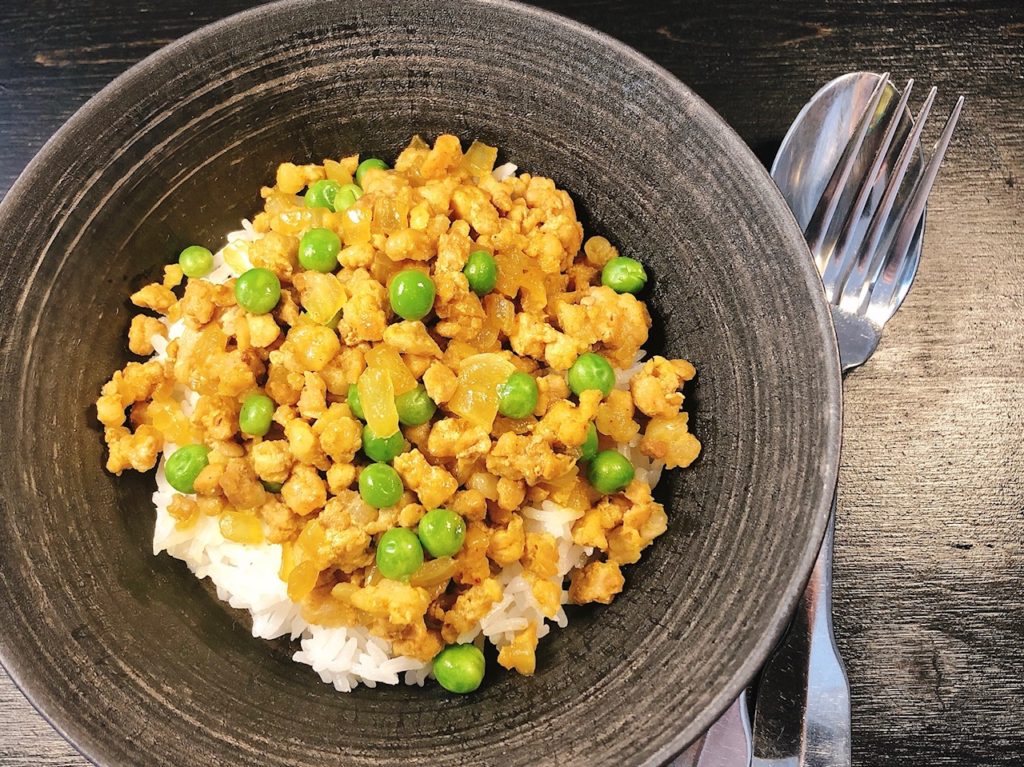
Since Tuesday, we have been on lockdown in our city, advised by our mayor to shelter in place for at least the next three weeks. Steve and I have been preparing for this inevitability, having done our food shopping for the novel coronavirus. So we were ready to hunker down.
My son, Miss T’s dad, had also been preparing. With two young children, his family needs are more challenging. In addition to food, he was stocking up on games, craft kits, and books.
Together, we’ve put together some food shopping tips and recipes to prepare for the novel coronavirus. If you’re not yet confined to your home, I hope these can help.
My son observed that, by looking into shopping carts, you can tell who has come with a plan and a purpose, and who is simply panic buying. In the end, your cart of groceries has to work in concert with whatever you have at home, to create viable meals.
Plan for meals that are quick, nutritious, and varied. And don’t forget taste. With so many pleasures deferred, a delicious meal can help to fill the void.
Take Stock of your Needs
- What will the kids eat? It’s tempting to buy foods that are especially nutritious or ones that store particularly well, but if nobody in your family would eat them before, don’t expect a different result now.
- Think about your family’s favorite comfort foods. You’ll want to be serving them more often, since the family will be under stress.
- If takeout doesn’t remain an option, how will you eat on those days when you just don’t feel like cooking? Some shelf-stable meal kits can help. Global flavors like Thai, Indian, or Korean can add excitement to your menus. Just be sure these meal kits don’t require fresh ingredients that you don’t have.
- Consider favorite treats. You’ll want to indulge in cookies, chips, and other snacks occasionally; they will make staying at home more enjoyable. Just don’t binge.
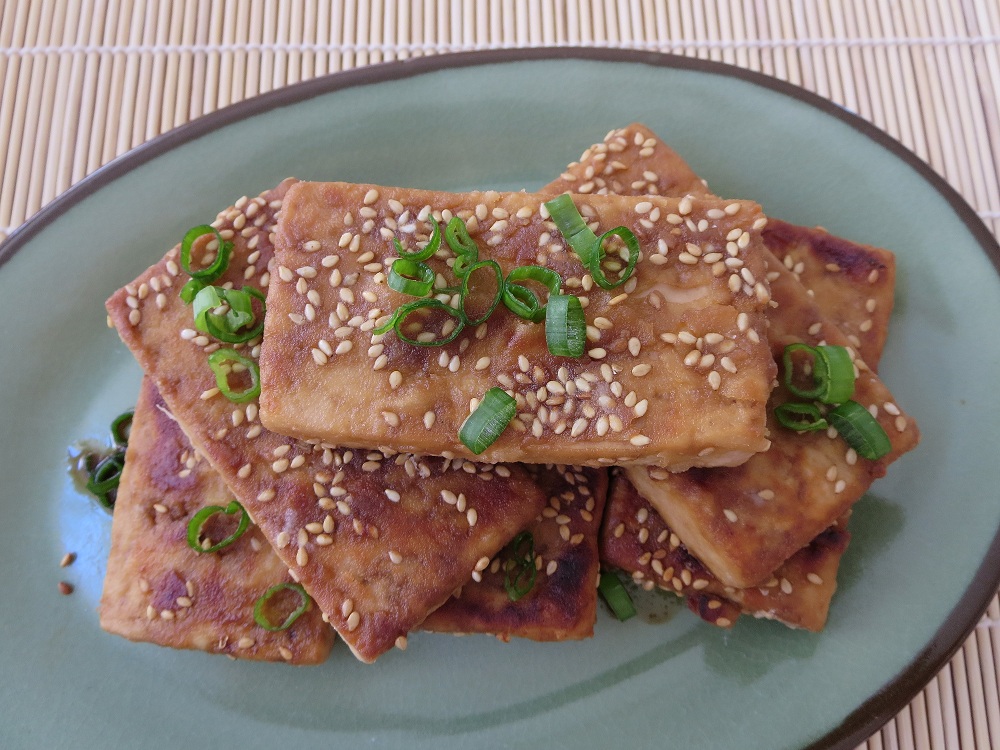
The Best Perishables
Canned, frozen, and dried foods can tide you over, but you’ll want some fresh foods to mix it up.
- Buy produce that is traditionally sold unripe, such as pears and avocados; they will ensure you have some fresh food to enjoy later.
- Oranges will keep three to four weeks, and apples will keep one to two months in the fridge.
- Root vegetables like parsnips, winter squash, carrots, and beets store well. Squashes have the added benefit of not needing refrigeration.
- Cabbages seem to last forever. Use them cooked or serve raw, shredded into salads.
- Onions will last a month to six weeks and will add flavor to foods.
- Garlic is an essential ingredient in cooking. You can store the bulbs for about a month if bulbs are kept whole and stored at room temperature in a dry, dark place with good air circulation.
- Everyone loves bacon. Packaged flat, it’s easy to store, and can be frozen for longer storage. This is a good backup meat for picky eater kids.
- Tofu is versatile and has a long shelf life. You can add it to canned chicken broth, along with a few vegetables for a simple soup; bake it and serve it with a sauce; or add it to salads.
The Best Dairy
Here are strategies to ensure you have dairy products throughout your novel coronavirus lockdown. Remember that even if some perishables have a long life, their use-by dates are only valid until the package is open.
- Buy enough butter to freeze for longer storage–you’ll want some extra blocks for baking. To soften frozen butter quickly, grate it on a box grater.
- Milk in aseptic packaging is shelf-stable and doesn’t need to be refrigerated until opened.
- Check the use-by date of refrigerated milk because the expiration date may vary from brand to brand.
- Consider vacuum-packed cheeses, such as the grass-fed ones from Kerrygold, my former client. You can use the cheeses for sandwiches, in casseroles, grated on pasta, or consumed as a snack. Note the sell-by date, which will usually be several months from the day you purchased it.
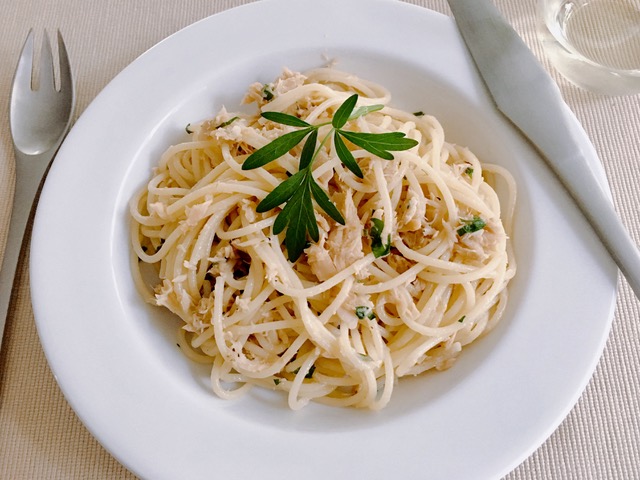
Good Non-Perishable Choices
- The staples here are canned chicken broth, canned tomatoes, tomato sauce, and tomato paste. They’re the basis for many popular dishes. Canned coconut milk for Southeast Asian dishes is also on my list of staples.
- Good for you and versatile, too, canned beans can go into salads, chili, or a pot of homemade soup.
- Dried pasta has universal appeal as comfort food, and it’s quick and easy to prepare.
- Rice is the perfect foil for all sorts of saucy, global dishes you will prepare using your ready-meal kits. A rice cooker comes in handy.
- Canned tuna is a favorite for sandwiches, salads and pasta dishes. The most flavorful are packed in olive oil.
- Spam is a surprisingly versatile, shelf-stable meat. Those of us from Hawaii don’t discount the joys of Spam.
- Canned fruits–peaches, pears, apricots, pineapple and more–are packed in heavy syrup, light syrup, or juice. For a cold treat, freeze a can of fruit and blitz it in a fruit processor to make instant sorbet.
- Nuts and seeds are highly nutritious, good for snacking, and can be added to cereal or baked goods. Toast them to heighten their flavor.
- Dried fruits such as apricots, figs, dates, and prunes provide nutrients and fiber and a welcome fruity sweetness.
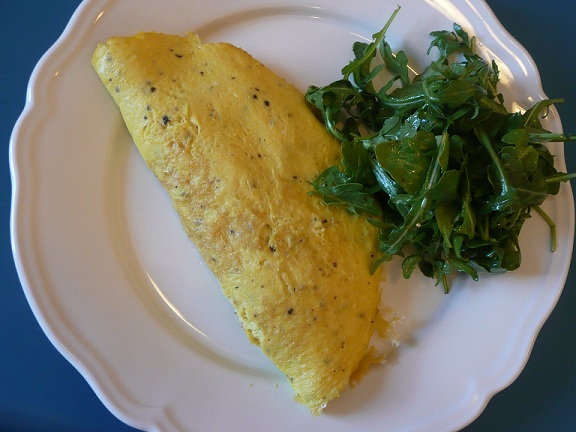
The Lockdown List
My son, who had been buying staples and storable items from his list before the announced coronavirus lockdown, had also prepared a lockdown list. These are the perishable foods he planned to buy at the last minute, so he could ensure that they were bought as fresh as possible, to last as long as possible. Among the items on his list:
- Eggs—for breakfast, frittata, and to use as an ingredient. Eggs can last up to five weeks in the refrigerator. Here’s how to tell if eggs have gone bad.
- Milk for drinking and cooking
- Fresh fruits and vegetables, like salad greens and other leafy greens
- Bread; freeze extra loaves until needed
- Cream for pasta dishes and other cooking needs. You can freeze leftover cream. Defrost in the fridge, then shake vigorously before using.
- Plain Greek yogurt for breakfast, snacks, and Mediterranean and Middle Eastern sauces. Instead of buying flavored yogurt for kids, sweeten plain yogurt by adding fruit or jam.
Some Recipe Ideas for the Lockdown
For many years, my son and I produced a website called Special Fork. Although we no longer update it, we’ve kept the site online, and since our goal was to feature recipes requiring just 30 minutes of prep time, I went back through our collection to find a few that fit the needs of cooks sheltering in place.
- For a pantry meal, try Tuna Spaghetti. It combines tuna, garlic, olive oil and capers to make a tasty sauce.
- Tracey’s Scrambled Omelet is a good way to use leftover bits of sautéed vegetables and cheese.
- Roasted Vegetables features assorted sturdy vegetables like carrots, squash, and onions.
- Teriyaki Tofu makes a satisfying meatless meal. It does require two ingredients for the teriyaki sauce that you may not have on hand: grated ginger and sake. But you could use bottled teriyaki sauce instead.
Thai Curry Beef
A recipe from my Thai daughter-in-law, this dish is quick and easy, and requires just a few basic ingredients found in most kitchens.
1 tablespoon vegetable oil
1 1/4 cups diced onion (about 1 medium onion)
1 pound ground beef or ground pork
1 tablespoon curry powder
1 tablespoon sugar
2 tablespoons soy sauce
Hot rice
In a large skillet heat oil over medium-high heat. Add onion and sauté until soft; about 3 minutes. Remove onion from pan and set aside.
Add ground beef to skillet, stirring to break up chunks, and cook until no longer pink; about 3 to 4 minutes.
Return onion to skillet and add curry powder, sugar, and soy sauce. Stir until well combined and heated through. Serve hot over rice.
Serves 4.
Variations:
- Add fresh or thawed frozen peas when you return onion to skillet, before adding seasonings.
- Top each serving with a sunny-side up egg.
Cook up a Treat
Every household needs a few homemade treats. Here are three that are made with baking staples.
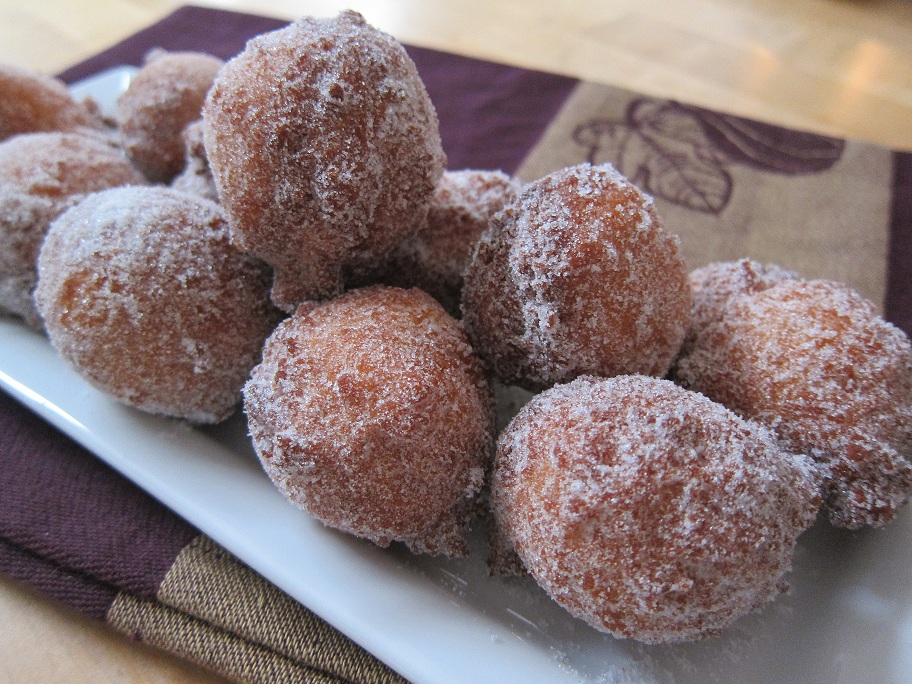
- Okinawa Doughnuts, crunchy on the outside, and warm and dense inside, are made with five cooking staples; plus enough oil for deep frying. You should always be extremely careful around hot oil, especially if you are deep frying for the first time.
- Butter Cookies uses basic ingredients found in most home pantries.
- Grandma’s Peanut Butter Cookies are easy to make; they’re the ultimate comfort food.
Food Management
I’ve never been more aware of how precious food is, now that I have a finite supply. While I always felt badly when I tossed spoiled food into the compost bin, scarcity has made me more careful–and more mindful of waste.
- Label and date leftovers so you can identify what’s in every container and know how old the food is.
- Keep an inventory of your perishables so you can time their use before they spoil.
- Try to incorporate both fresh and canned foods into your menus, so you can extend the fresh supply longer.
Food Shopping for the Novel Coronavirus
Hopefully, you will be able to stock up and avoid any additional shopping while you shelter in place. However, if you find you need to do additional food shopping, please review these cautionary coronavirus tips from The New York Times before you go.
Some Good-to-Have Kitchen Equipment
Finally, this may not be the time you want to spend money on kitchen equipment, but here are two items that will enhance your food storage capabilities, and a few appliances to make cooking easier.
- A vacuum food sealer– Buy large packages of meat and break the contents down into smaller portions, bag and seal airtight. A vacuum food sealer protects food from dehydration and freezer burn.
- Rice cooker–Just add rice and the required amount of water, press a button and forget it. In my experience, even the least expensive ones will work. The high-end Zojirushi though, is the gold standard.
- Electric kettle–If you plan to be cooking a lot of pasta, an electric kettle will heat water faster. Just boil water in batches and add to the pasta pot.
- Bread maker–I wouldn’t go out specially to buy one, but if you have one languishing in the garage, now’s the time to haul it out so you can have fresh bread, at will–provided you have yeast and bread flour at hand.
These are extraordinary, uncertain times. The best we can do is to prepare ourselves, as best we can. Please keep safe!
.
Don’t forget to sign up for my email newsletter! Every Wednesday, I’ll give you a new idea for an activity or insight to nurture the little ones in your life. Come visit!
Love this! Looking forward to reading it and have subscribed. You are an amazing grandma! Be well and safe.
Thanks for checking out the blog and for having subscribed, Anna! I welcome any additional tips you might have. See you back on IG, my friend. And you, too. Keep safe.